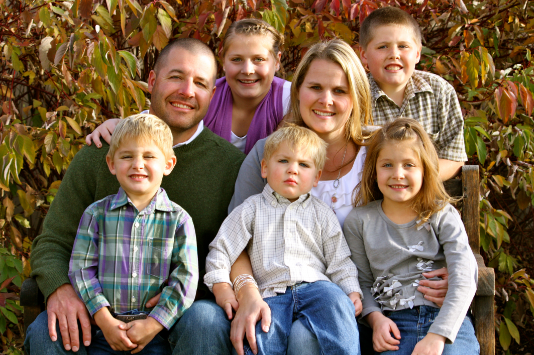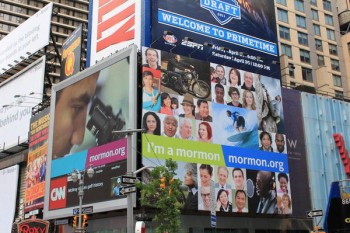Long after the presidential election that saw the first Mormon candidate for a major political party has ended, people are still trying to figure out what the Mormon moment really meant for Mormons and for people who have an interest in the religion. Mormon is a nickname for members of The Church of Jesus Christ of Latter-day Saints.
 The Mormon moment, as it has been called, has had several rounds, including the Winter Olympics that were held in Utah and were rescued by Mitt Romney. Romney also set off the other Mormon moment when he ran for president. From time to time, Mormons surface as a hot news topic and this isn’t going to change.
The Mormon moment, as it has been called, has had several rounds, including the Winter Olympics that were held in Utah and were rescued by Mitt Romney. Romney also set off the other Mormon moment when he ran for president. From time to time, Mormons surface as a hot news topic and this isn’t going to change.
What did the last Mormon moment accomplish? A study showed most people don’t think they learned much about Mormonism during the Romney campaign. However, referrals to missionaries were strong, suggesting that although huge numbers didn’t convert, a significant number did take advantage of the opportunity to learn more and many did join the Church after studying the truth about the faith.
Journalists became more familiar with the doctrines and history of the Church. In previous years, many did not even get the name of the Church right, but now most religion writers can recite the name comfortably. They have gained a foundational knowledge of Mormon beliefs and this has improved the accuracy of the articles they write.
Mormons themselves have become more skilled at sharing their faith. They accepted a challenge to explain their beliefs online through blogs and newspaper comments. Over time, they learned how to put their beliefs into terms people of other faiths could understand and to help others identify core beliefs. Even though fringe elements that fascinate outsiders—many of which are only cultural or even untrue—hold no interest for most Mormons, they learned how to explain them and became more aware of the false gossip that needs to be dealt with.
The Mormon moment forced some Republicans to decide what type of religion Mormonism was. When faced with the realization that in order to vote Republican they had to vote for a Mormon, many looked more closely and realized that they did not have to agree with all doctrinal issues to agree that the religion shared many moral values with their own faiths and that they could vote based on those issues.
For many, after reading professionally researched articles, there was a realization that much of what they thought they knew about Mormons was false. The media began to pay attention to admirable aspects of the faith, including its extensive charitable work, its focus on strong and traditional families, the encouragement to become self-sufficient, and the civic responsibility taught to Mormons at Church. While completely non-partisan, the Church does encourage people to participate in civic activities in whatever country they live in and also takes a stand on moral issues, but unaligned with the platforms of any party.
So many requests came in from the media the church had to hire additional staff to assist in answering questions. They increased the quantity and type of material placed on their own website’s news pages, allowing journalists to study critical issues on their own. Specifically political questions were directed to the Church-owned university because professors are free to respond according to their personal beliefs and do not officially represent the church. A variety of viewpoints can be found at that resource, making it valuable to reporters.
Many reporters came to realize there is not a unified Mormon view of the world. While some issues have doctrinal foundations, many others have no official position and members are free to make their own decisions—and do. They learned there was value in talking to a variety of Mormons, not just one token Mormon. In fact, they became more comfortable talking to practicing, believing Mormons when they wanted to know something. Their research showed them the Church was a mainstream faith, regardless of how it had been inaccurately portrayed in the past. There were aspects that were unique, of course, because there is no need for a restored church if nothing is different, but Mormons live very ordinary lives in the mainstream of the world. They attend public schools, they join clubs, they volunteer in their communities, and they hold ordinary careers at companies not owned by the church. Studies, spurred by the interest in the Mormon moment, showed that Mormons gave more time and money to charity than any other segment of Americans, that Mormon teens were more likely to live moral lives and stay in their faith than other teens, and that Mormons knew the Bible better than other Christians.
The Mormon moment isn’t just a moment—it’s just another step in helping the world learn to separate truth from fiction in its study of Mormonism.
About Terrie Lynn Bittner
The late Terrie Lynn Bittner—beloved wife, mother, grandmother, and friend—was the author of two homeschooling books and numerous articles, including several that appeared in Latter-day Saint magazines. She became a member of the Church at the age of 17 and began sharing her faith online in 1992.



